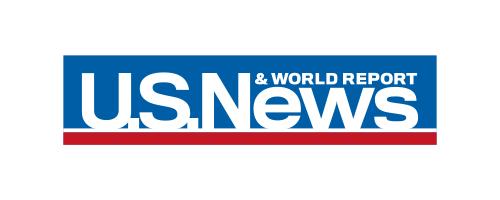Skip to the good bit
ToggleDna encoded library (DEL) represents a powerful tool for developing new medications. This technology combines the principles of combinatorial chemistry with molecular biology, enabling the creation and screening of billions of small molecules in a single experiment.
DEL consists of small organic compounds linked by a unique DNA sequence, its “barcode,” which records the synthetic history of the molecule. This allows scientists to track and identify active chemical molecules through high-throughput sequencing rather than traditional methods.
DEL Technology Workflow?
A DEL technology workflow usually consists from next steps:
1. Compound library generation: Diverse small organic compounds are synthesized according to the study purpose or selected from commercially available chemical libraries.
2. DNA tagging: All compounds are assigned their unique DNA identifier, serving as a specific barcode.
3. Encoding Strategy: The DNA encoding system uses split-and-pool synthesis methodology. In each cycle, the library is split, distinct reactions are performed, and unique DNA tags are used to record all steps. This enables vast molecular diversity with accurate tracking.
4. Biological Evaluation: The obtained library adds to a biological target. Molecules that bind are isolated, and their DNA tags are amplified via PCR and sequenced.
Enhancing DEL Screening
Integrating machine learning techniques with DEL technology enables rapid identification of novel active compounds for a range of protein targets more quickly and at less cost. Furthermore, this methodology enables researchers to predict promising new structures that are distinct from known ligands.
Applications in Drug Discovery
DEL is becoming a tool that helps in studying challenging targets such as protein-protein interactions or allosteric sites, where traditional screening approaches often fail. Simultaneously, the facility to identify new chemical scaffolds and optimize lead compounds through iterative selection cycles has confirmed this technology as an exceptional tool in modern medicinal chemistry pipelines.
Benefits Compared to Traditional Techniques
DEL technology offers a significant reduction in experimental costs and timelines, in contrast with traditional high-throughput screening methods requiring each compound individual tests that limit the library size. Additionally, the genetic encoding obviates for compound purification and storage, further rationalizing the process of hit identification.







